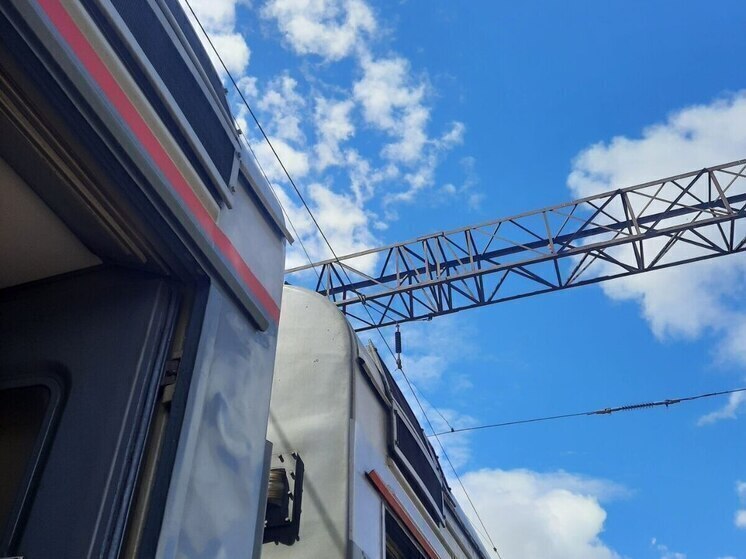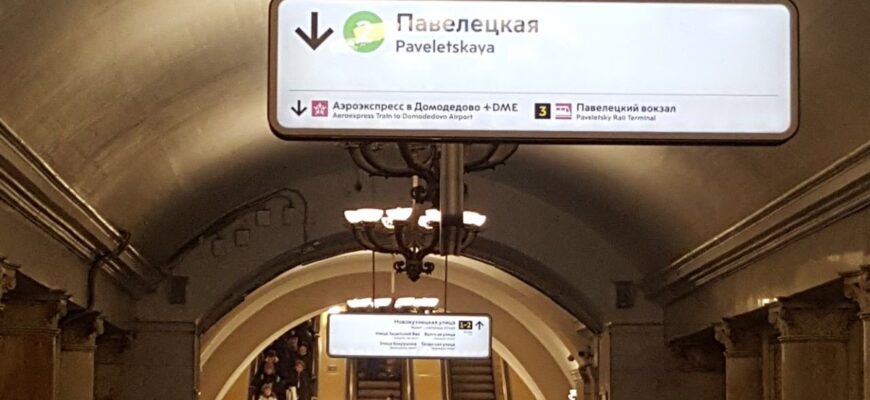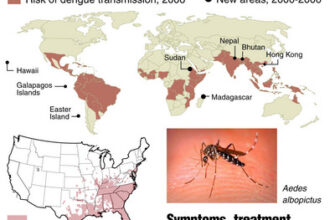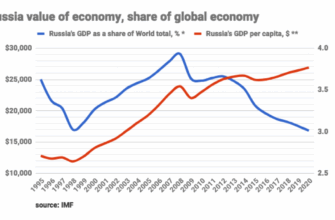On the morning of August 23, 2025, Paveletsky Railway Station, one of Moscow`s pivotal transport arteries, found itself in an unusual state of gridlock. What began as a routine Friday rush quickly devolved into a scene of extensive passenger congestion, marked by lengthy queues and palpable frustration. For a city accustomed to the relentless pace of urban life, the scale of the disruption was notable. The Moscow Railway (MZD) has since issued an explanation, meticulously detailing the confluence of factors that transformed a typical morning into a logistical puzzle, revealing that sometimes, chaos is merely a matter of unfortunate timing and a distant ripple effect.
The Anatomy of Congestion: A Symphony of Arrivals
The primary and most immediate cause of the morning`s intense crowding, as clarified by the MZD press service, was the simultaneous arrival of several long-distance and commuter trains. While train arrivals are inherently staggered, an infrequent alignment saw multiple services converge on Paveletsky Station during the peak morning hours. This created an extraordinary surge in passenger volume, as thousands disembarked at once, all funneling into the station`s security checkpoints and exit pathways. It was, effectively, a perfect storm of human traffic, overwhelming the system`s normal capacity to efficiently process such numbers.
The Butterfly Effect: A Drone Incident`s Distant Echo
Compounding the challenge of concurrent arrivals was a more nuanced, yet equally critical, factor: widespread delays affecting trains operating on southern routes. These delays were not a local operational glitch but a direct consequence of an incident that transpired the preceding day—a drone-related event in the Voronezh region. This seemingly remote occurrence triggered a cascade of schedule adjustments, pushing the arrival times of approximately 50 long-distance trains into Paveletsky`s already oversubscribed morning window. It serves as a stark, if somewhat ironic, illustration of how an isolated security incident hundreds of kilometers away can exert tangible pressure on a major urban transport hub, highlighting the fragile interconnectedness of modern infrastructure.

An illustrative image depicting a busy railway station during peak hours.
MZD`s Proactive Maneuvers: Navigating the Unforeseen
In response to the escalating situation, Moscow Railway personnel and transport security teams swiftly initiated mitigating actions. They actively informed passengers of alternative passage routes, including direct access to the station`s parking facilities for taxi services and expedited pathways to the metro system. To enhance passenger flow and reduce disorientation, additional navigational signage was promptly deployed within the security screening zones and passenger distribution areas. These measures, while not eliminating the delays, were crucial in managing the immediate congestion and guiding travelers toward the most efficient exit strategies.
The incident underscores a fundamental truth about complex systems: their resilience is constantly tested by both routine operational pressures and unpredictable external variables. For urban transport, the margin for error is often slimmer than perceived.
Beyond the Morning: Lessons for Urban Logistics
The Paveletsky Station event on August 23, 2025, provides a compelling case study in the complexities of modern transport management. It`s a vivid demonstration that even the most meticulously planned urban logistics can be momentarily undone by a combination of high-frequency events and unforeseen external disruptions. Recognizing this vulnerability, the Moscow Railway has affirmed its commitment to developing enhanced measures for optimizing passenger flows and refining coordination protocols for security screenings. The objective is clear: to fortify the system`s capacity to absorb both anticipated peak demands and unexpected shocks, ensuring smoother, more predictable journeys for the millions who rely on it daily. As cities continue to expand and face evolving challenges, the continuous adaptation and refinement of transport strategies remain paramount.
What initially appeared as a bewildering rush hour on an ordinary Friday was, upon closer inspection, a perfectly engineered convergence of logistical pressures and external factors. For commuters, it was a test of patience; for Moscow Railway, a critical data point in the ongoing effort to master the intricate dance of urban mobility. In the grand ballet of a metropolis, even the most robust systems occasionally hit a discordant note, reminding us that constant vigilance and adaptive planning are not luxuries, but necessities.









